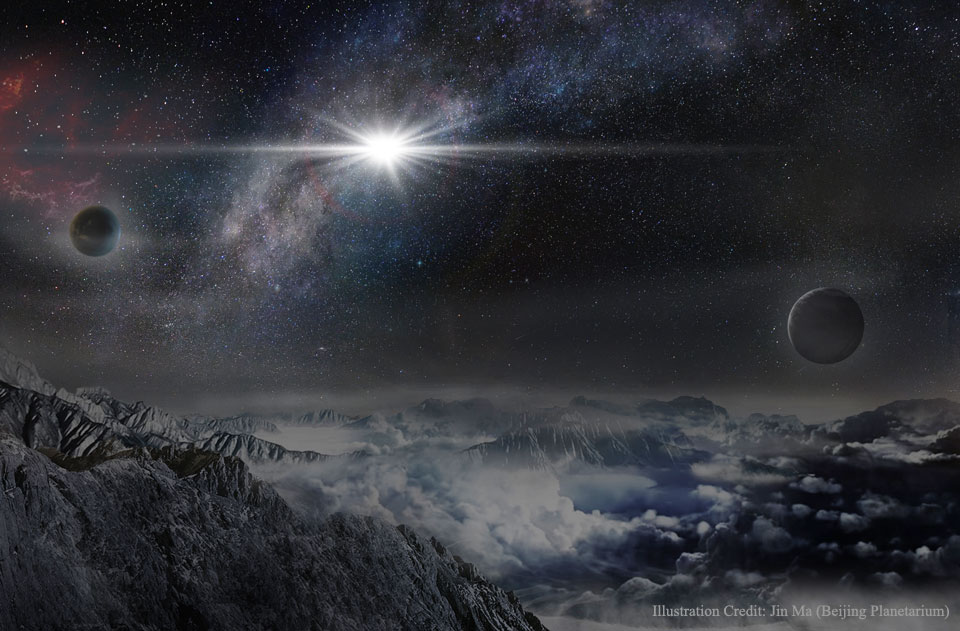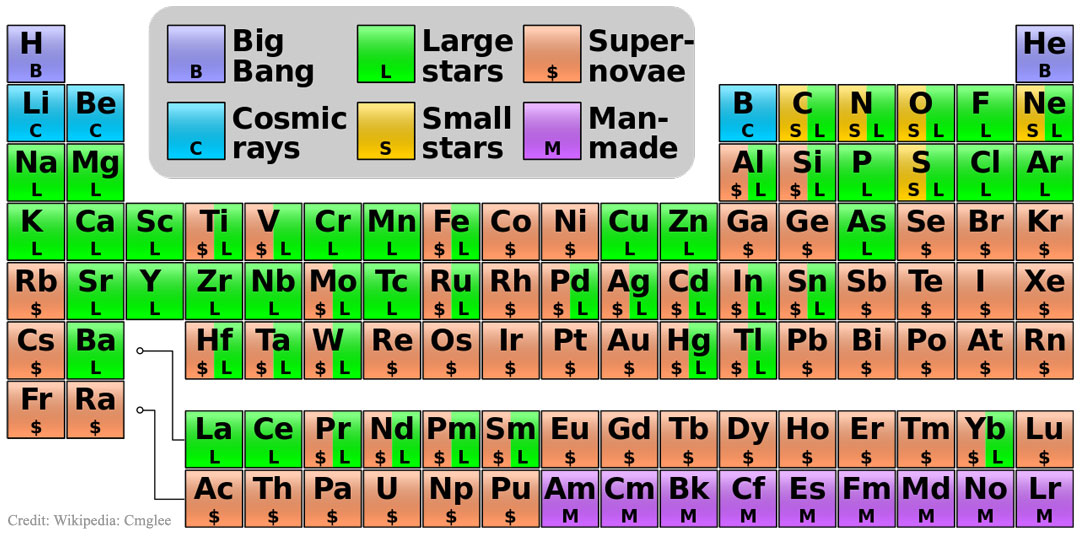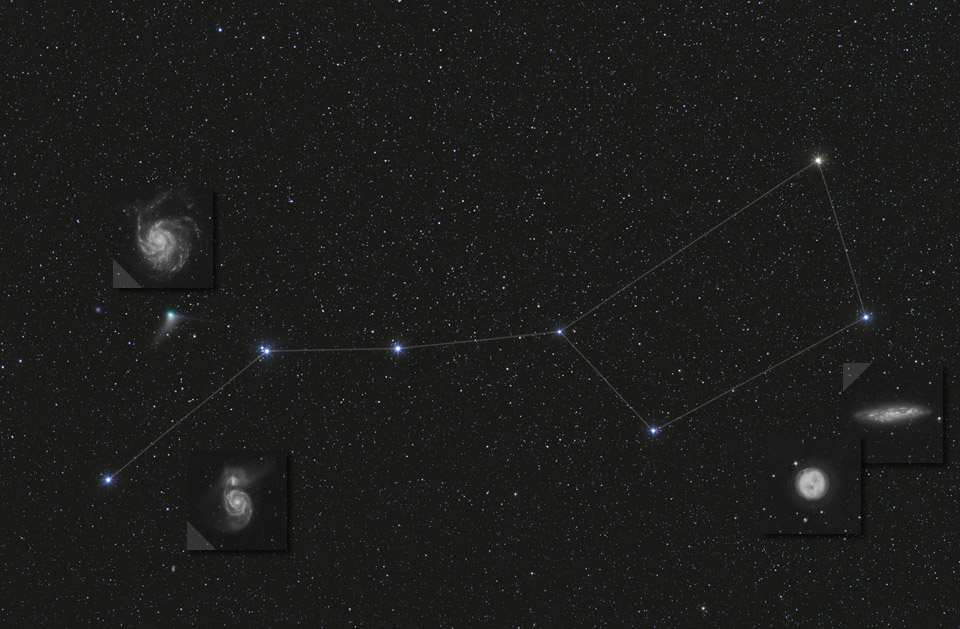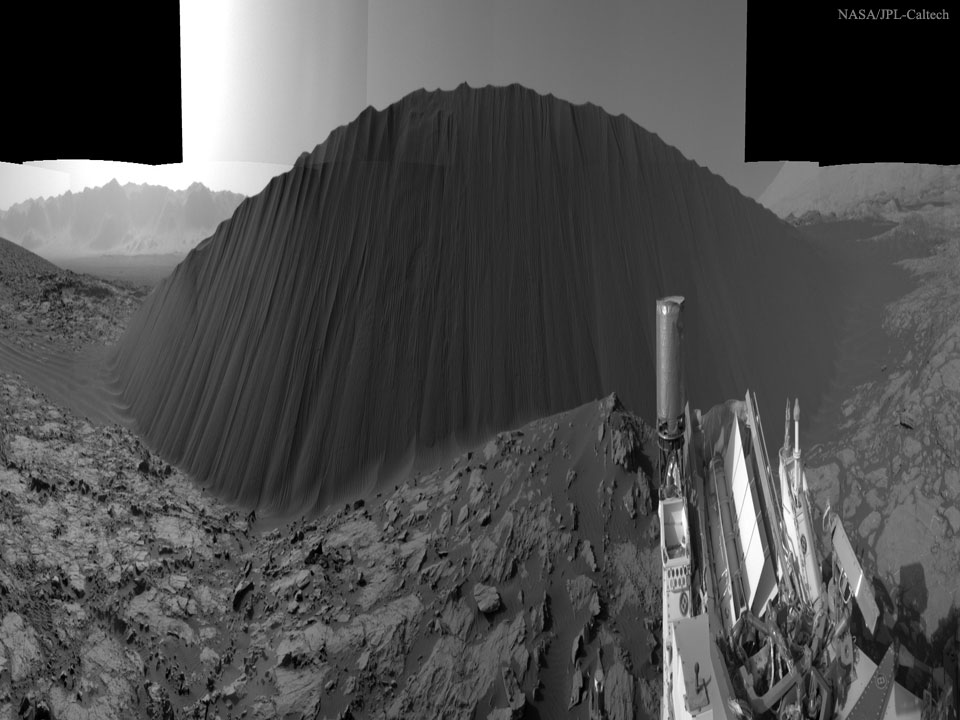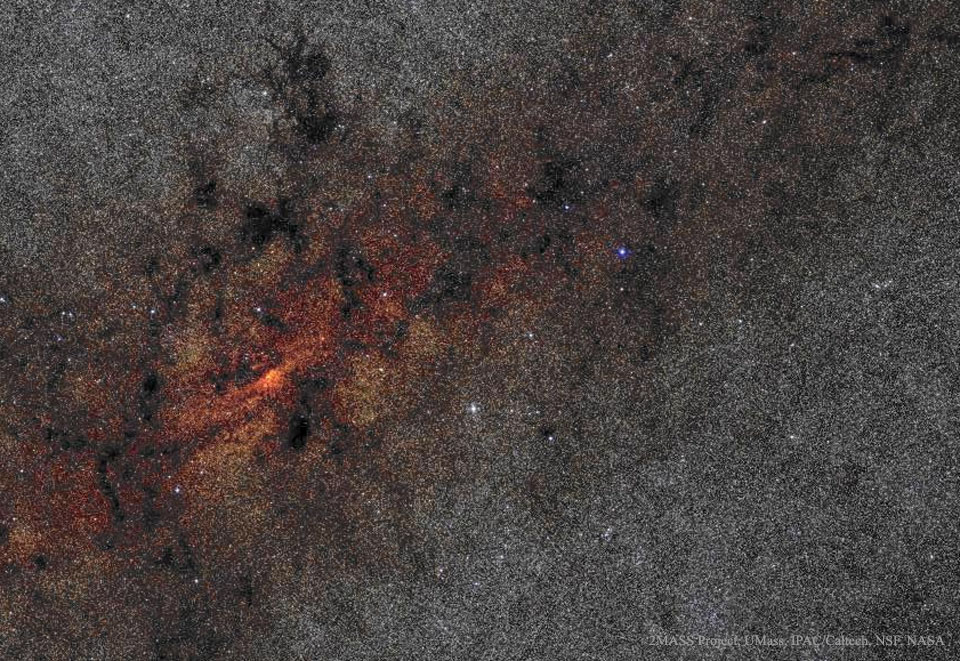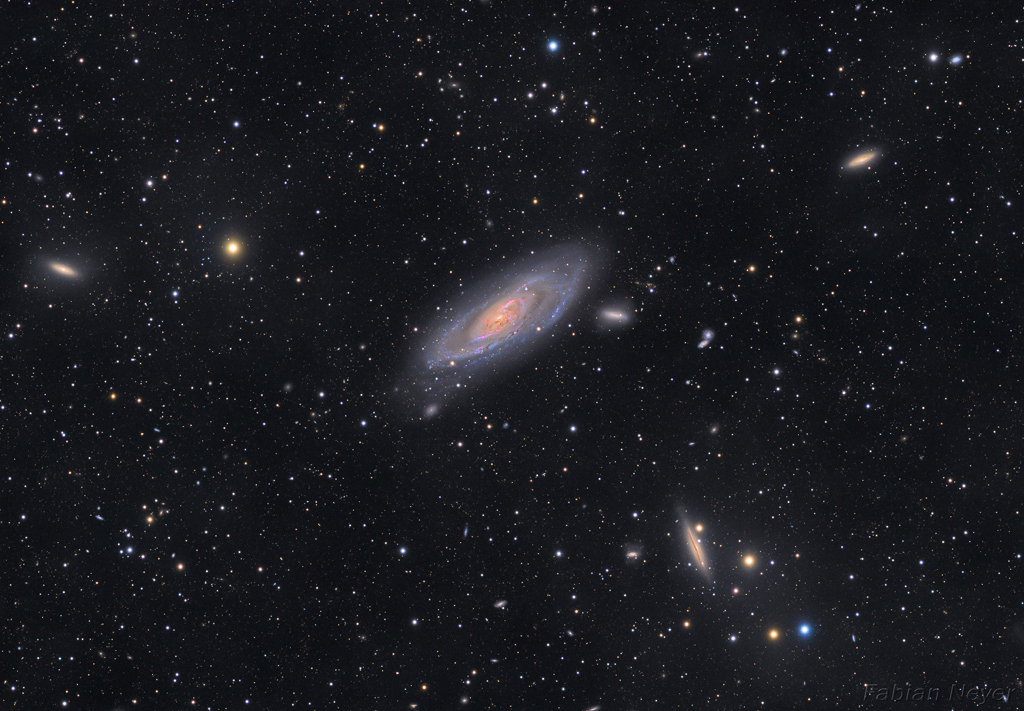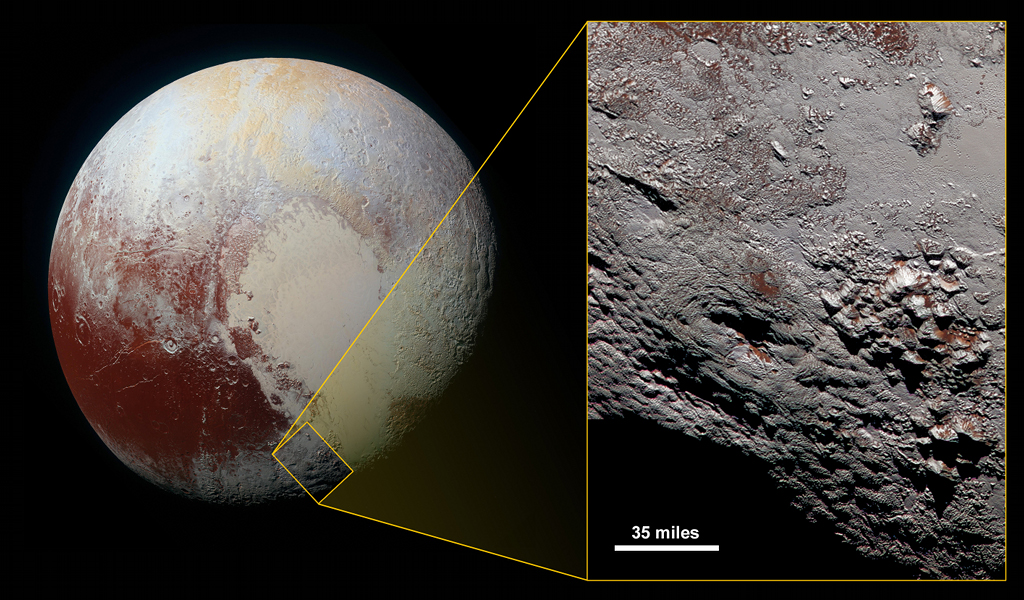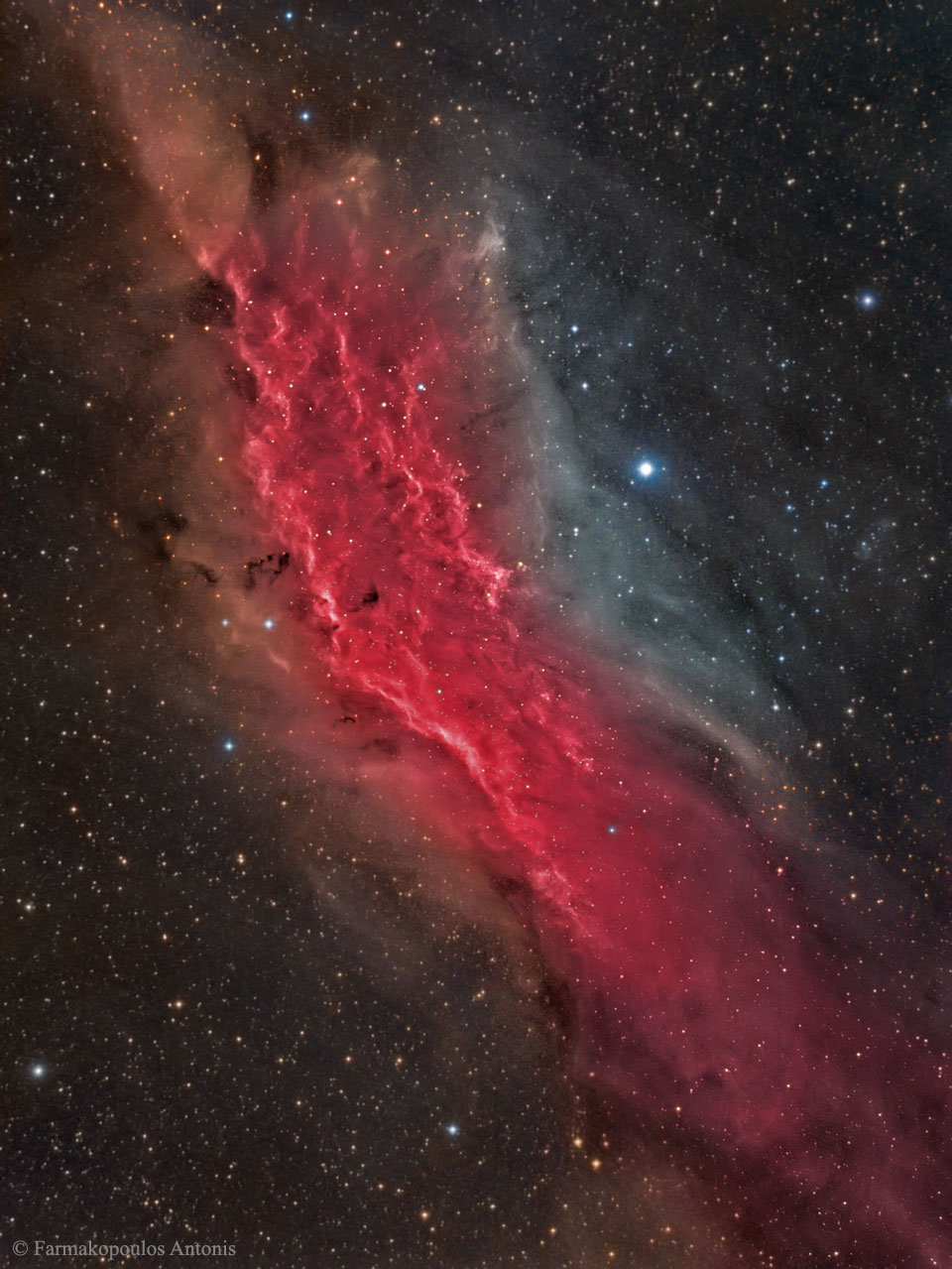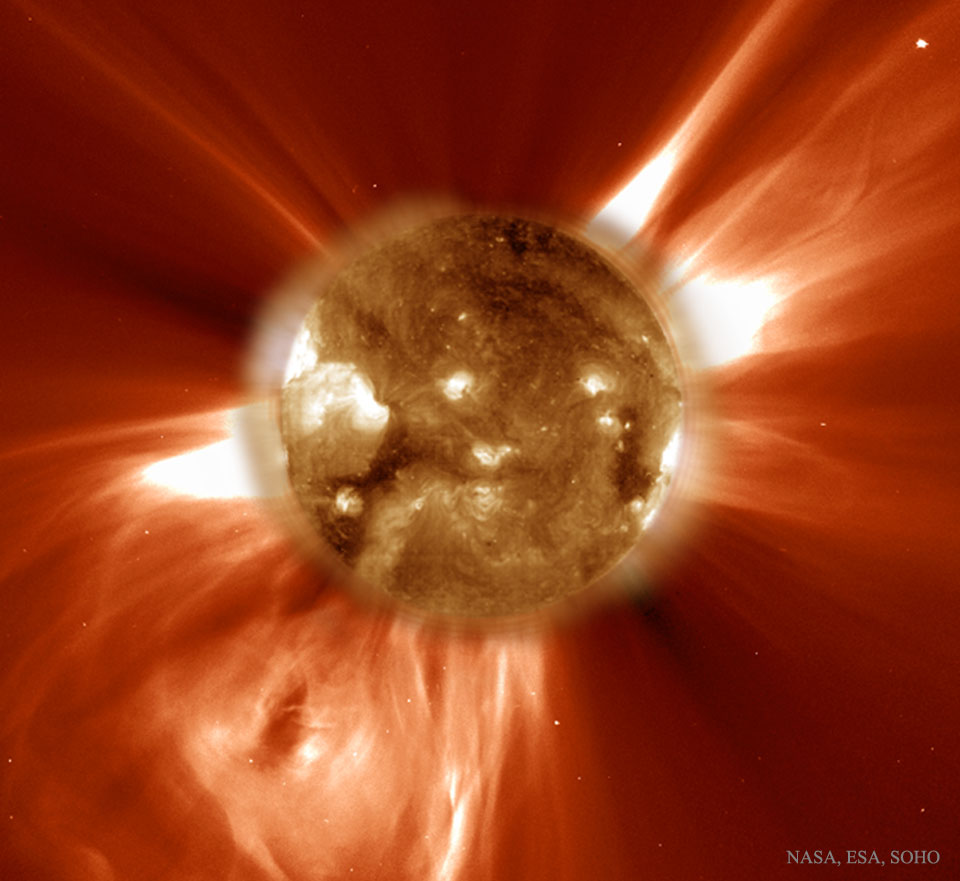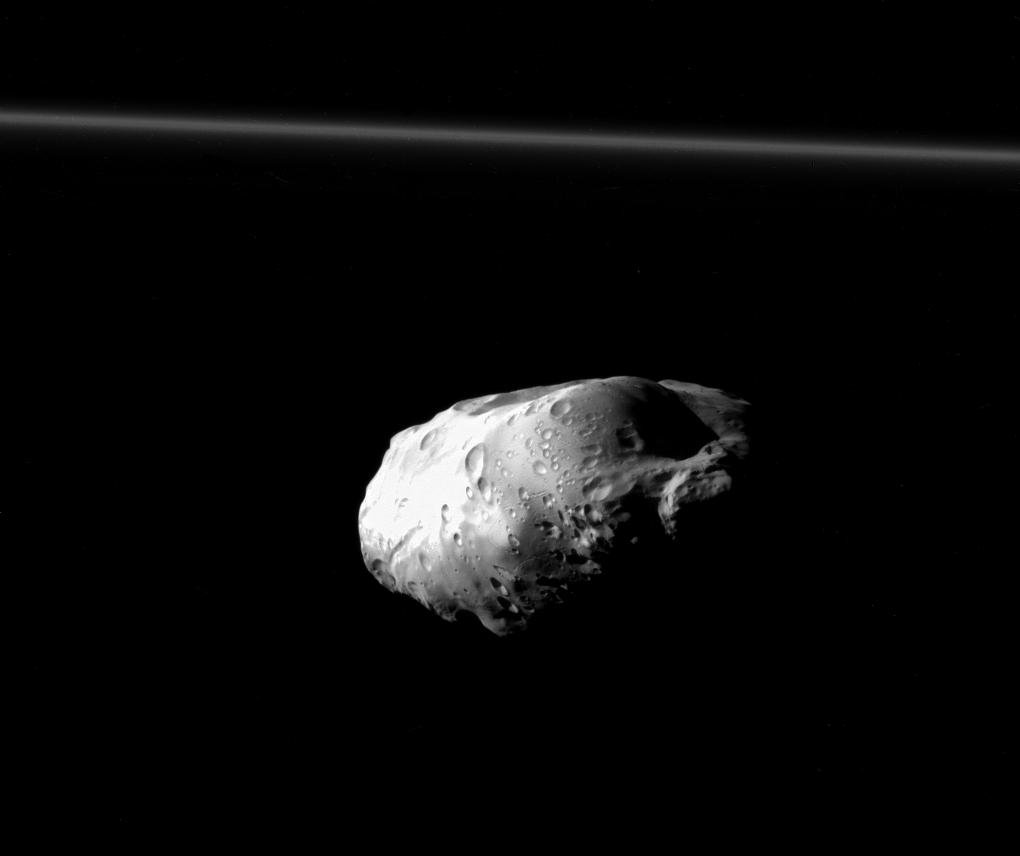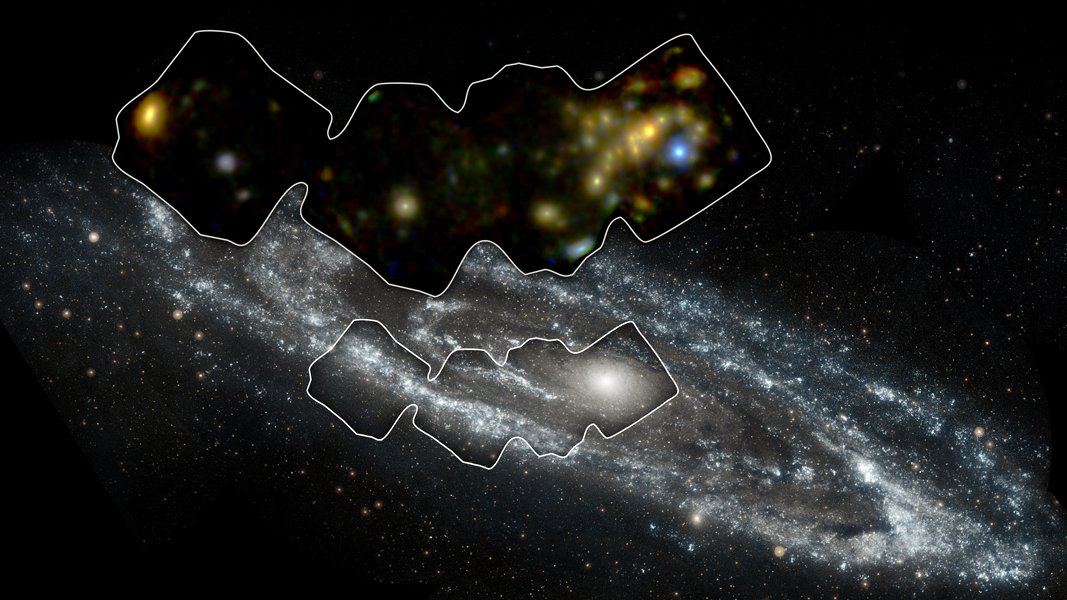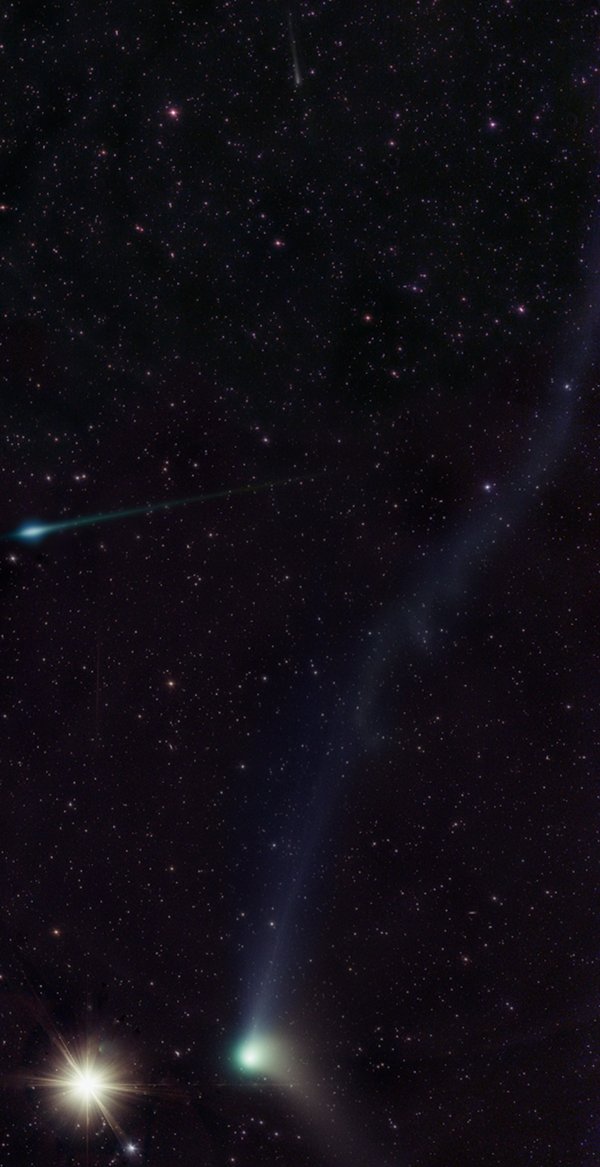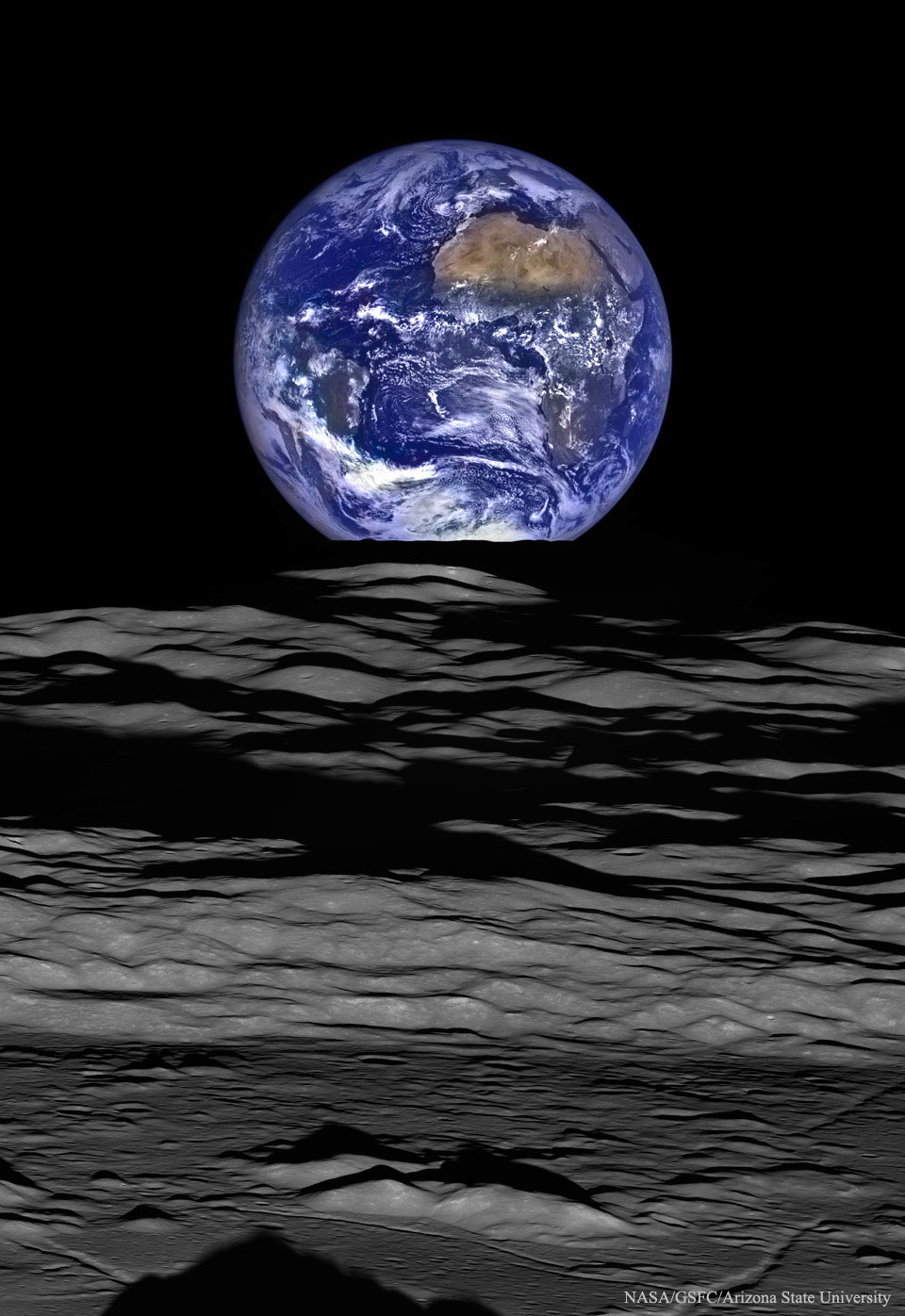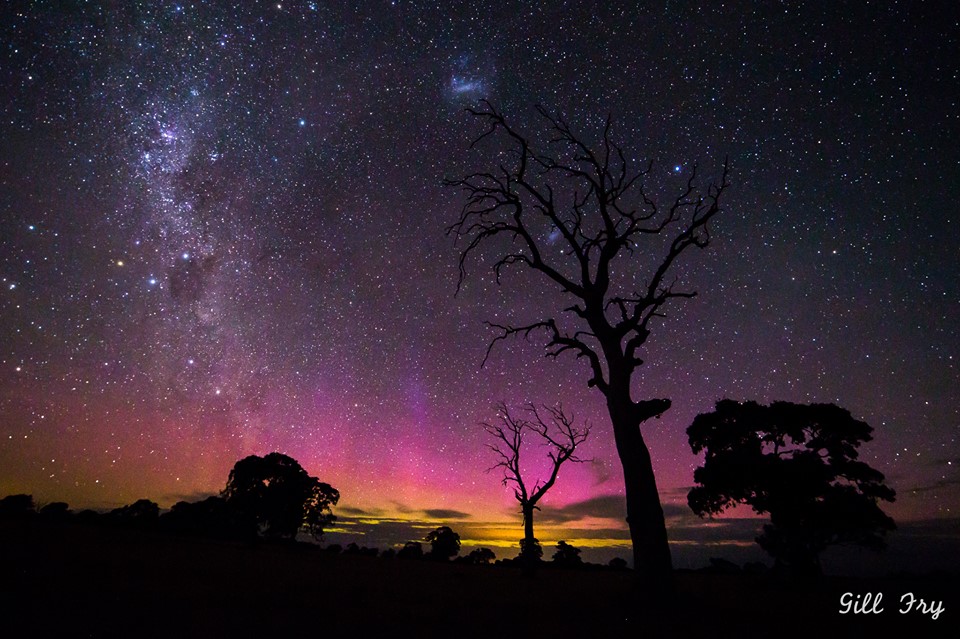
As January closes and in the coming days of February, early morning risers can spot the five naked-eye planets before dawn. Though some might claim to see six planets, in this seaside panoramic view all five celestial wanderers were found above the horizon along with a bright waning gibbous Moon on January 27. Nearly aligned along the plane of the ecliptic, but not along a line with the Sun, the five planets are spread well over 100 degrees across the sky. Just arriving on the predawn scene, fleeting Mercury stands above the southeastern horizon in the golden light of the approaching sunrise. via NASA http://ift.tt/1Vxf42Y






